I Refused to Take My Ex Back, and My MIL Made Sure I’d Regret It

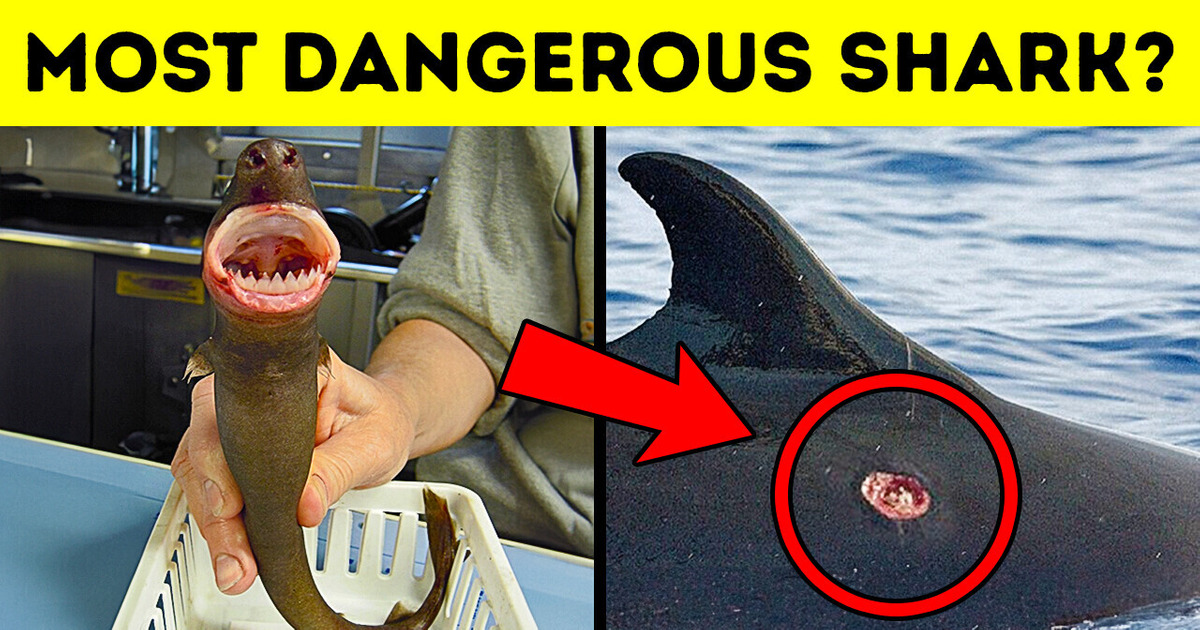
Look at this cute little cookie cutter. At first glance, it looks like an oversized anchovy, but in reality, it’s an undersized shark. This shark never grows bigger than 18–20 inches, but it doesn’t make it less dangerous than its peers. They got their sweet cookie name because they have a unique feeding strategy — they bite off small chunks from much larger animals...and get away with it.
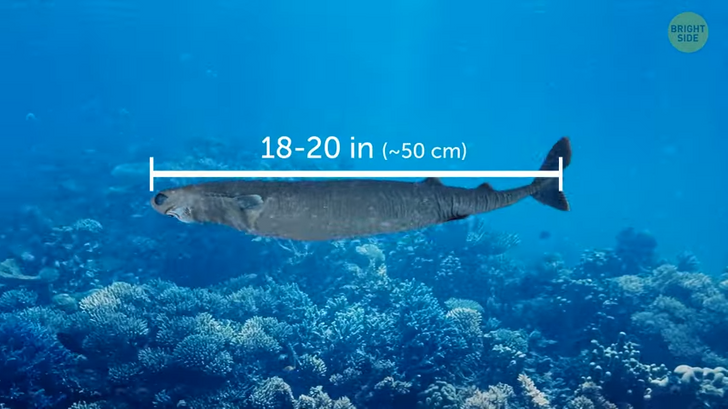
These little guys live deep down in the water column, making them quite mysterious and hard to study. We don’t know exactly where they hang out, but they’ve been spotted all over the world, especially in tropical and temperate areas.
The cookie-cutter shark is a total parasite. It feeds off larger animals while keeping them alive. It uses its sharp upper teeth to latch onto the skin of bigger sharks, fish, or even marine mammals. Then, with its strong lower teeth, it scoops out a mouth-sized chunk of flesh or blubber. Ouch! So watch out, because even big predators like bluefin tuna, great white sharks, and spinner dolphins can end up with scars from these little sharks.
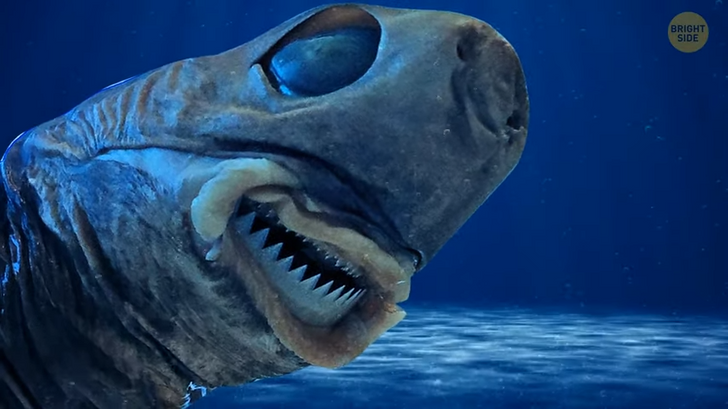
Now, there’s one crazy story about a cookie-cutter shark biting a person. Picture this — a long-distance athlete swimming between islands in Hawaii at night, surrounded by boats with bright lights attracting prey. Yep, that swimmer got a nasty bite on the calf, leaving a gnarly scar but luckily no permanent damage. Lesson learned: don’t mess with cookie-cutter sharks during their feeding frenzy!
To hunt like this, they have a well-equipped mouth. The mouth itself is like a short line that goes across, surrounded by these big, fleshy lips that can suck stuff up. It’s got a bunch of tooth rows in its jaws, like 30 to 37 in the top and 25 to 31 in the bottom, and they increase as it gets bigger.
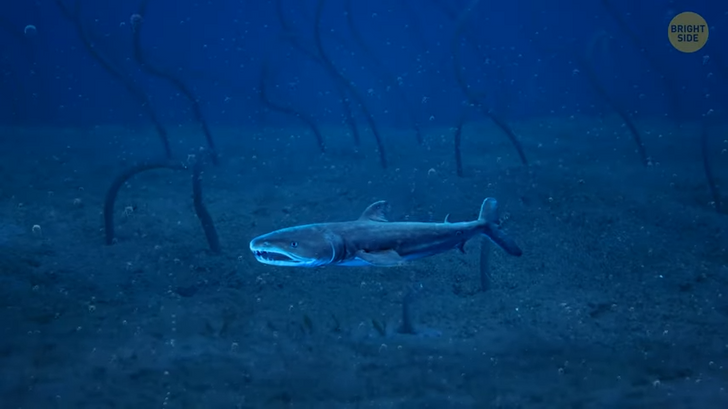
The upper teeth are small and narrow, standing up straight with a single smooth pointy bit. The lower teeth, on the other hand, are way bigger and wider, almost like knives, and they interlock to make a saw-like cutting edge.
Just like any other shark, cookie cutters lose their teeth throughout their lives. But here’s where they’re different — they swallow their lost teeth! Some scientists think they do this because they live in nutrient-poor deep waters and want to recycle important tooth-building materials like calcium. That’s a brand-new approach to diet supplements, huh?
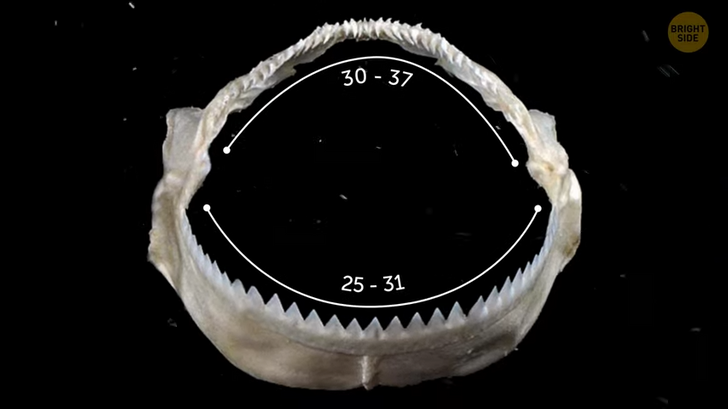
Since they feed closer to the surface at night and deeper during the day, they’re almost always in the dark. So, this sneaky little shark has these special light-producing organs called photophores that are strategically placed on its belly. These photophores help it blend in with the light coming from above, kind of like camouflage. It’s a classic move in the bioluminescent world.
The cookie-cutter shark also has this cool non-glowing collar around its throat. Some scientists think this collar acts like a fancy lure, making it look like a tasty little fish from below. Imagine how irresistible that would be to a whole gang of hungry sharks! It’s like a dinner invitation they can’t refuse.











